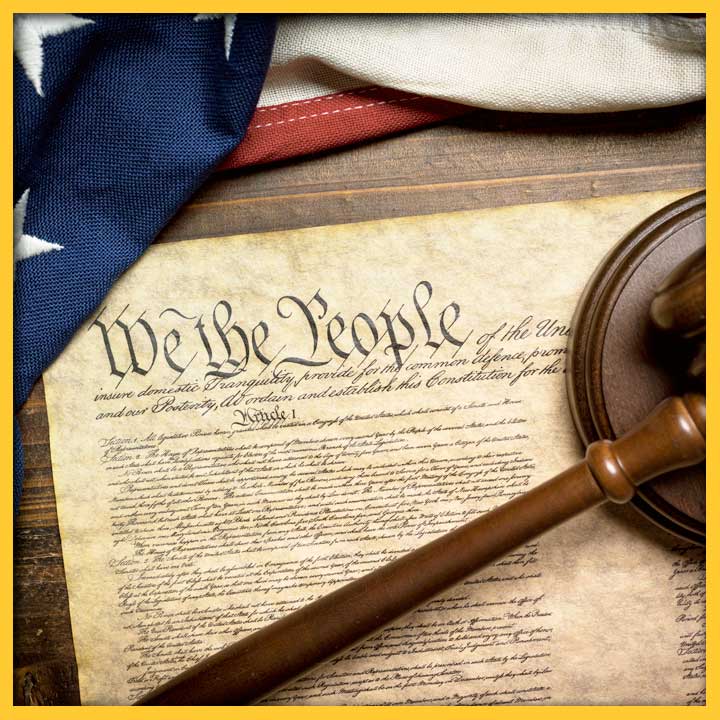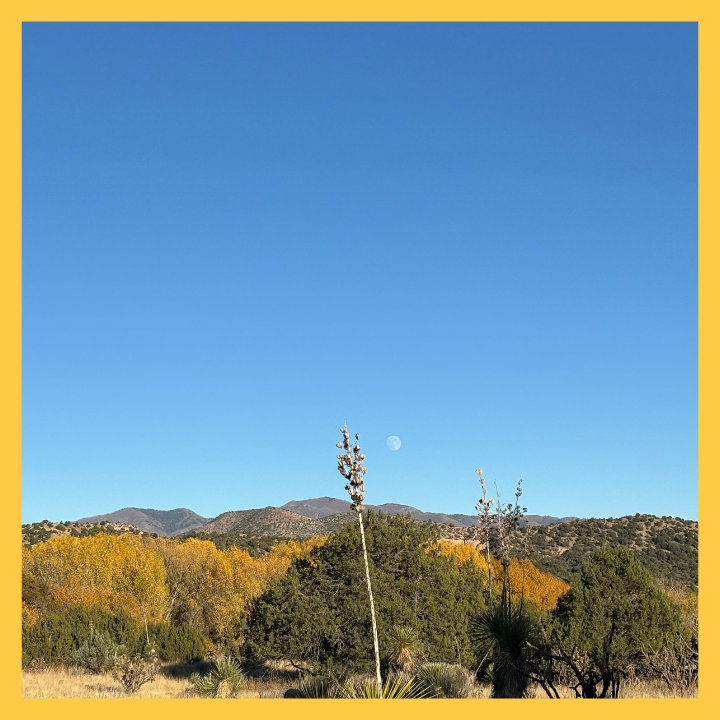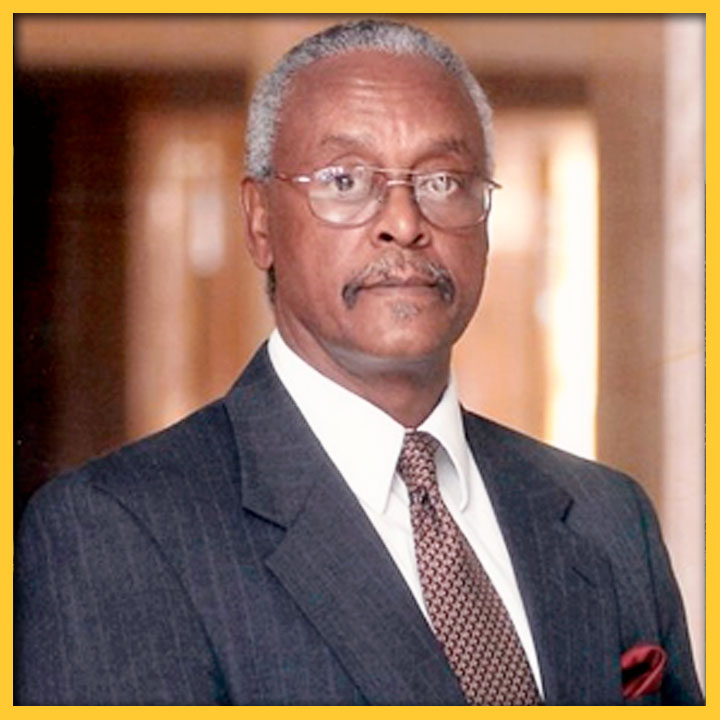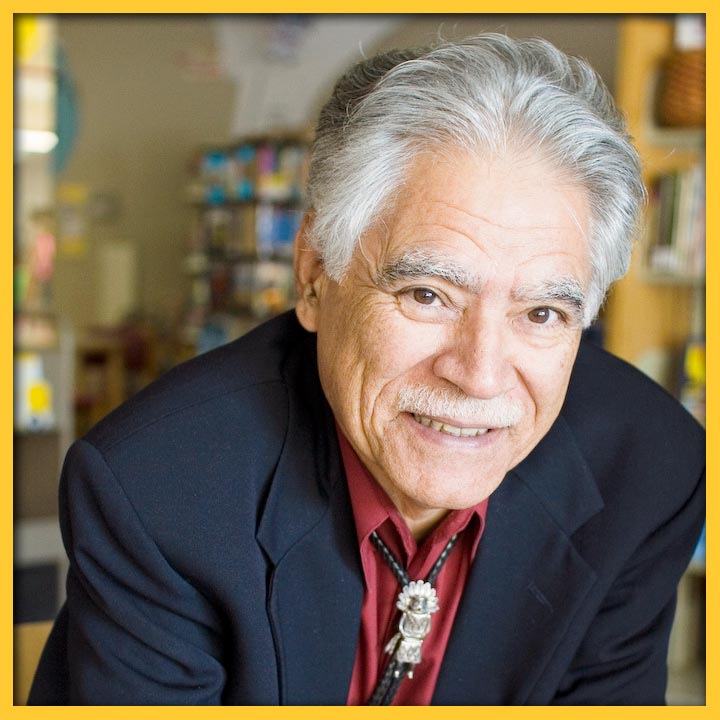
CELEBRATE CONSTITUTION AND CITIZENSHIP DAY EVERY DAY, NOT JUST SEPT. 17TH
As a teacher and mother and child of immigrants who now teaches Constitutional Rights to law students, this day is always a special one for me.
PHOTO CAPTION: The American constitution, a gavel, and the United States flag. Credit: Michael Flippo, Adobe Stock.
SHARE:
The late Sen. Robert C. Byrd (D-W.Va.) birthed the idea of formally celebrating the U.S. Constitution, which is the oldest and shortest written constitution in the world.
When Congress passed the fiscal year 2005 appropriations bill in late 2004, Senator Byrd ensured it included a provision that all educational institutions, public and private, receiving federal funds must teach about the Constitution on or around Constitution Day, Sept. 17 to honor the day in 1787 when the Constitution was signed.
Representing his state between 1959 and 2010 (51 years, five months, and 26 days), Byrd was the longest serving senator in U.S. history. He grew up in an impoverished coal mining community in West Virginia, got elected without a formal higher education degree, and earned his law degree while serving as a senator.
A former organizer and member of the Ku Klux Klan, Senator Byrd’s early record on race and civil rights was mixed. However, he later called his time in the KKK as “the greatest mistake” of his life, apologized publicly numerous times, and became a tireless advocate for constitutional and civic education.
Upon his death, the National Association for the Advancement of Colored People (NAACP) issued a statement of condolence indicating Senator Byrd represented the transformative power of the United States and acknowledging his “stalwart support” of the Civil Rights Act, the Voting Rights Act, and “many other pieces of seminal legislation that advanced the civil rights and liberties of our country.”
As Senator Byrd demonstrated, change can happen. It can be slow, and it is iterative, meaning that sometimes we take two steps forward and then one step back. Since the Framers declared in the Declaration of Independence almost 250 years ago that “all men are created equal,” people have fought for racial and gender equality.
Even though the 14th Amendment and 19th Amendments insisted on “equality under the law” and women’s right to vote, only three Black women out of more than 2,000 people elected have served in the U.S. Senate, only 53 of more than 11,000 in the U.S. House of Representatives, and only one of more than 115 on the Supreme Court.
While approximately 21.5 million Americans are Black women, not one of more than 2,500 have served as a governor, zero of more than 55 as Speaker of the House, and zero as President of the United States of America. However, today, we have our first Black (and Indian American) woman serving as Vice President, and she may be the next President of the United States. Black women have built the United States for 400 years and only now are they represented in the White House. Again, change is slow, and iterative, but it can happen.
Learning – and teaching – about the Constitution is not easy, but it is important. It was written so long ago by some powerful men that many of us cannot easily relate to. But they conceived of a living, breathing document whose intentions would guide future generations. Today we will begin to explore why it is important to strive to make the Constitution seem real and applicable to our lives. The Constitution provides guidelines for how government should work. And it provides for the basic individual rights and freedoms we enjoy in the United States.
Because it’s so short, the Constitution doesn’t explain the details we need to actually navigate the day-to-day affairs of our government and exercise our rights as New Mexicans.
For example, even though the Fourth Amendment bans unreasonable searches and seizures, how do we know when the search of our belongings in particular contexts — like schools, airports, and government buildings — goes too far? Or when our free speech rights on campus have been violated? The Supreme Court tells us!
The Supreme Court is the final interpreter, or arbiter, of the Constitution. And how does the Supreme Court get to decide and apply the Constitution? Because everyday people like you and me decide to activate the words when we think our rights have been violated. We bravely say to the government with its vast resources, for example, “I think what you did when you pulled me over for no reason and without probable cause violated my right to be free from unreasonable search and seizure.”
Lawyers help craft your arguments by tethering your claim to existing case law and strategizing about how best to vindicate your rights, but it all starts with the average person standing up and saying, “What happened to me isn’t okay.” That’s why every day should be — has to be — Constitution Day. We celebrate the Constitution by making the words meaningful, by testing their application.
Even though the document is now 237 years old, it is a living, breathing document that the Framers intended to bend and change shape over time to meet the needs of the people. Whether the issue is students’ free speech rights off-campus under the First Amendment, the ability of states to disqualify a person for running for president after participating in an insurrection under the Disqualification Clause of the 14th Amendment, the ability of the government to punish people for sleeping outside on public property under the Cruel and Unusual Punishments Clause of the Eighth Amendment, the right of the government to build a wall to stop migration on our private property under the Takings Clause of the Fifth Amendment, there is no shortage of ways in which individual Americans see the Constitution apply to our lives today.
Even though I may have persuaded readers by now that we ought to celebrate the Constitution every day, I warmly embrace this opportunity once a year to call special attention to it. As a teacher and mother and child of immigrants who now teaches Constitutional Rights to law students, this day is always a special one for me.
Without being tested, the Constitution is merely a collection of words on a page. When we activate the words by asserting our individual rights, the Constitution transforms from a faded document resting in a government building in Washington, D.C., into a living tool for greater equality and opportunity.
Sources:
Rutgers-New Brunswick, Center for American Women and Politics
Fact check: Photograph does not show Robert Byrd; Byrd was not the Grand Wizard of the Ku Klux Klan (June 17, 2020)
U.S. Citizenship and Immigration Services
Robert C. Byrd Center for Congressional History and Education
National Archives, America’s Founding Documents
PASA POR AQUÍ
ADDITIONAL BLOG ARTICLES

SCANNING FOR STORIES
It was a Friday afternoon in November and I was driving on a state road through the hills of the Mimbres Valley. The entire landscape was bathed in a golden hue because the tree leaves had made their full conversion to a bright yellow color just before falling off the branches.

REFLECTIONS ON THE LOSS OF A NEW MEXICO CIVIL RIGHTS LEADER
By Carlyn N. Pinkins, M. A.
“The Dr. Harold Baileys of the world should inspire us all to do what we can to leave our communities, our towns and cities – our great state – better places than we found them. While we do our part to create the Dr. Harold Baileys of the future, we should also strive to make sure that the Dr. Harold Baileys of our past and present are never forgotten.”

RUDOLFO ANAYA: CATCHING CULTURES IN BLESS ME, ULTIMA
By Richard Wayne Etulain
Anaya greatly expands the cultural contributions of his novel by combining the usual (Bildungsroman—growing up theme) with the unusual (complex, diverse New Mexico Hispanic culture)…
SHARE:
DISCLAIMER:
Any views, findings, conclusions or recommendations expressed in this blog post/article does not necessarily represent those of the New Mexico Humanities Council or the National Endowment for the Humanities.
ABOUT THE AUTHOR:

MARYAM AHRANJANI
UNM School of Law Professor Maryam Ahranjani, JD, LLM, teaches, writes, and speaks in the areas of constitutional rights, criminal law and procedure, and education law. She directs the School of Law's Marshall-Brennan Constitutional Literacy Project and Madrid Summer Law Institute.
